MIDIbox SlideControl build log
MIDIBox SlideControl is a remote control solution for Kodak Carousel slide projectors aimed at event usage.
It was a sometimes painful process of about 1.5 years to arrive at the solution at last. Success would not have been possible without the great midibox community! Thank you!
Introduction
One box "on stage" receives MIDI and button presses to switch slides forward/backwards. Due to the long distances to be bridged (10-50 meters), it was necessary to use the CAN protocol/MBNet to transmit the necessary information to a distribution box (typically up in the rafters/trussing), from where up to 8 slide projectors are controlled in a star topology. Control is achieved by closing an electric circuit of the projector via a reed relay for total electric insulation.
Preliminary test confirmed that it is possible to transmit control information over 100 meters (!) of ordinary cable. The CAN protocol maximum specified distances lie in the range of 7 kilometers, only dependent on bit rate.
Due to the nature of the CAN protocol, it is easily possible to add further distribution boxes and daisy-chain them from the first one. One could control more projectors than I care for that way (>=64), only limited by MBNet address space.
One nice consequence of the design is, that XLR-cables, which are ubiquitous in event production, can be used for the cabling of the whole project (stagebox->distrobox, distrobox->projectors).
Stage box
The stage box consists of one PIC8 core stuffed with a 18F4685 (necessary for the included CAN interface), one DIN for the buttons, one standard character LCD, and a small self-designed PCB for the CAN driver/transceiver, all put in some plastic case I had lying around.
Distributor box
The distributor box consists of one PIC8 core (with 18F4685 as before), and a self-designed PCB containing half a DOUT, the CAN driver circuitry, and the reed relais. XLR plugs etc. made the whole affair a little cramped (the core is actually stacked on top of the self-made PCB!), but I am very satisfied with how it turned out.
Some adapter cables and a connection tester made the whole thing complete and ready for action!
Software
The software is basically a MIDIO128, augmented with the MBNet parts I ripped out of Midibox SIDV2. Due to MBNet only being available in assembly, I had to stay with a programming language I don't actually speak. TK was an invaluable help in merging the relevant source codes together!
The software forwards button presses to a distrobox. Since the distroboxes have Device ID's starting from one, it was possible to route received MIDI events to distroboxes depending on the MIDI channel, so events on Channel 11 only go to distrobox 1, Channel 12 to number 2, etc. I chose to start with Channel 11 to avoid interference with common MIDI control messages, which are typically on CH1.
I would rather not just put the code online here, because it is actually quite a hacky solution, and most probably affected with bugs I haven't found, and definitely not programmed elegantly. I only grafted MBSid code onto MIDIO128 in the crudest way possible, and I don't really know how to program assembler, it was much more "educated copy-paste". I will definitely send the code on request, and I did everything in a git repository, so it should actually be possible to follow my changes, and adapt them to you own needs.



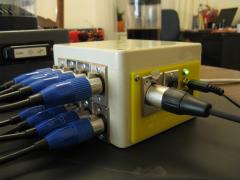
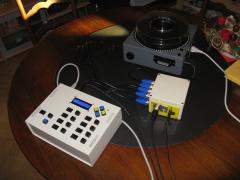
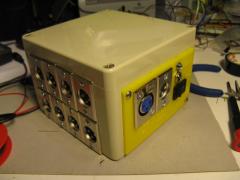
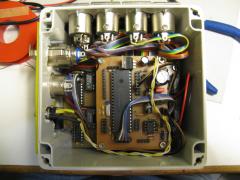
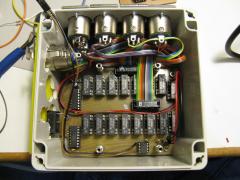
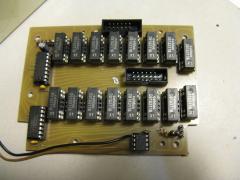
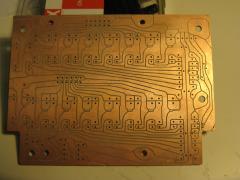
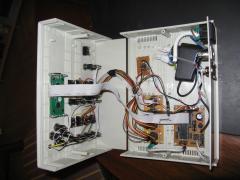
0 Comments
Recommended Comments
There are no comments to display.